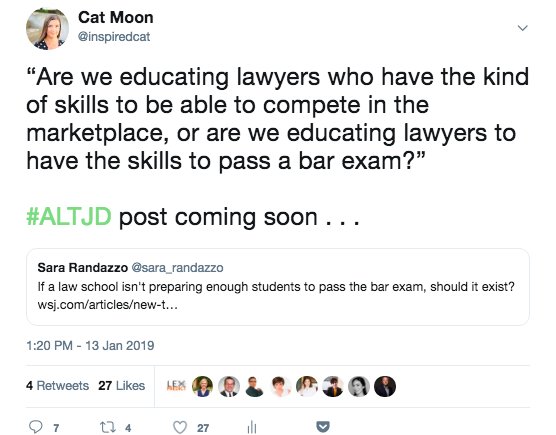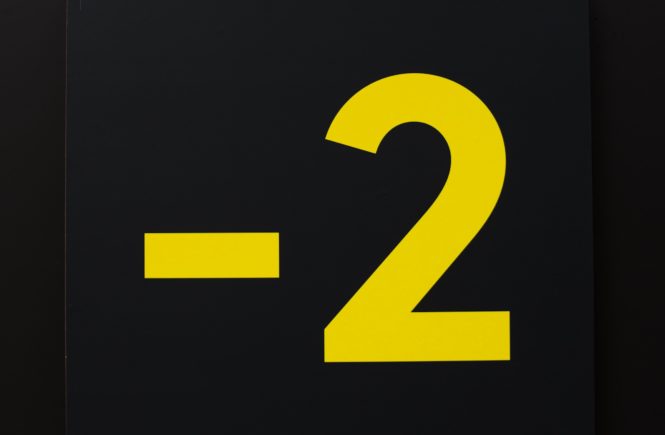
Every year I take my legal technology students for a brief one day trip to NYC to a Legal Tech conference. Initially, when my colleague Oliver Goodenough conceived the idea, the trip was intended to broaden career horizons, offer a taste of modern law practice, and provided hands-on professional learning opportunities in an immersive fast-paced conference environment.
In 2009-2010 when we made our initial trip with students, legal practice was feeling strong impacts from the 2008 financial crisis and the common perception of career prospects for soon-to-be graduates was grim. The frenetic pace of the LegalTech show inspired our students and gave them hope about alternatives to traditional J.D. jobs – not to mention allowed them an opportunity to hear talks by judges from the cases they read. Two students found future employment and one student found an internship from connections made that day. Three from a group of ten found work in that legal career climate – we were pleased and impressed.
Fast forward to today as I prepare to take my students to what is now called Legal Week in NYC. When talking to law students about careers, one of the challenges is expanding their preconceived notions of the possible. For some of the students there is the possibility to blend their past career/learning with their J.D. to provide distinct and interesting future possibilities. Take one of my students this year. He’s a former high school math teacher with a fondness for conversations about AI, machine learning and data science. In one day at this conference he will experience the myriad of ways his skills can be blended into a future legal career. My prediction? It will change his career trajectory – now or in five years.
While I enjoy taking students for this day in NYC – delight in watching their shock and awe at all the wild possibilities – I want to bring this expansive experience back to our law school, all law schools. How do we challenge students’ preconceived notions of career possibilities from the comforts of the legal ivory tower (ivory silo)? How do we bring experiences like this to all law students? It’s critical to moving the legal profession forward.
~JmE









